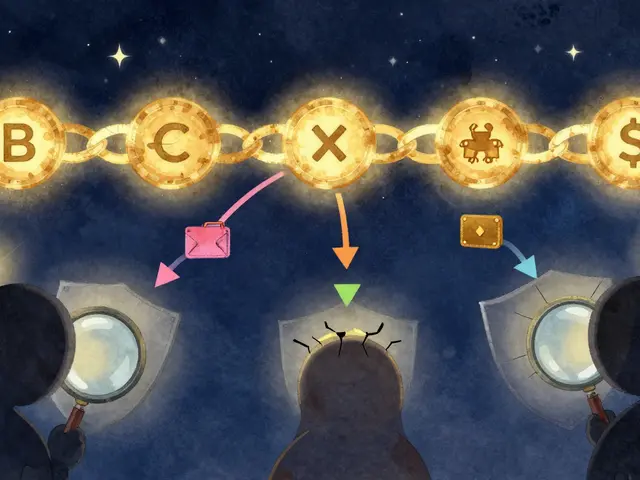Proof-of-Work vs Proof-of-Stake: Understanding the Core Debate
When you hear Proof-of-Work vs Proof-of-Stake, the two main blockchain consensus mechanisms that keep networks secure. Also known as PoW vs PoS, these methods decide how transactions are validated, how new coins are created, and how decentralization is maintained.
Proof-of-Work, a mining‑based approach where participants solve cryptographic puzzles using computational power dominates early blockchains like Bitcoin. Its key attribute is the need for high‑energy hardware, which directly ties to the Proof-of-Work vs Proof-of-Stake discussion. Because miners compete for the right to add a block, the system rewards raw processing capability and incentivizes constant hardware upgrades.
Proof-of-Stake, a stake‑based model where validators lock up tokens to earn the chance to propose blocks flips the script. Instead of electricity‑intensive mining, security comes from economic skin‑in‑the‑game. Validators earn rewards proportional to their stake, and penalties discourage malicious behavior. This design reduces energy draw and shifts the hardware barrier to financial commitment.
Key Differences and Their Ripple Effects
Energy consumption is a central triple: Proof-of-Work requires massive electricity, while Proof-of-Stake dramatically cuts power use. That contrast influences regulatory pressure, with many governments scrutinizing PoW networks for climate impact. At the same time, validator staking influences network decentralization—the more tokens spread across independent validators, the harder it is for a single actor to dominate.
Security models also diverge. PoW relies on the difficulty of redoing the computational work, creating a barrier called the "hashrate". PoS depends on the economic cost of acquiring and losing stake, creating a barrier measured in token value. Both aim to achieve the same goal—preventing double‑spending—but they do it through different resources: electricity versus capital.
The debate isn’t just academic; it shapes real‑world choices. Developers pick a consensus based on their project's priorities—speed, sustainability, or community values. Investors watch the twin metrics of energy cost and staking yield to gauge long‑term viability. And users feel the impact in transaction fees, network speed, and environmental perception.
Below you’ll find articles that unpack these ideas from every angle: mining‑friendly jurisdictions, tax implications of crypto activities, security best practices for DAOs, and more. Whether you’re a miner, a staker, or just curious about the future of blockchain, the collection offers practical insights you can act on right now.
Proof of Work Explained: How Blockchain Consensus Works
Learn what Proof of Work is, how it secures blockchain, its energy impact, and how it compares to Proof of Stake in a clear, practical guide.





